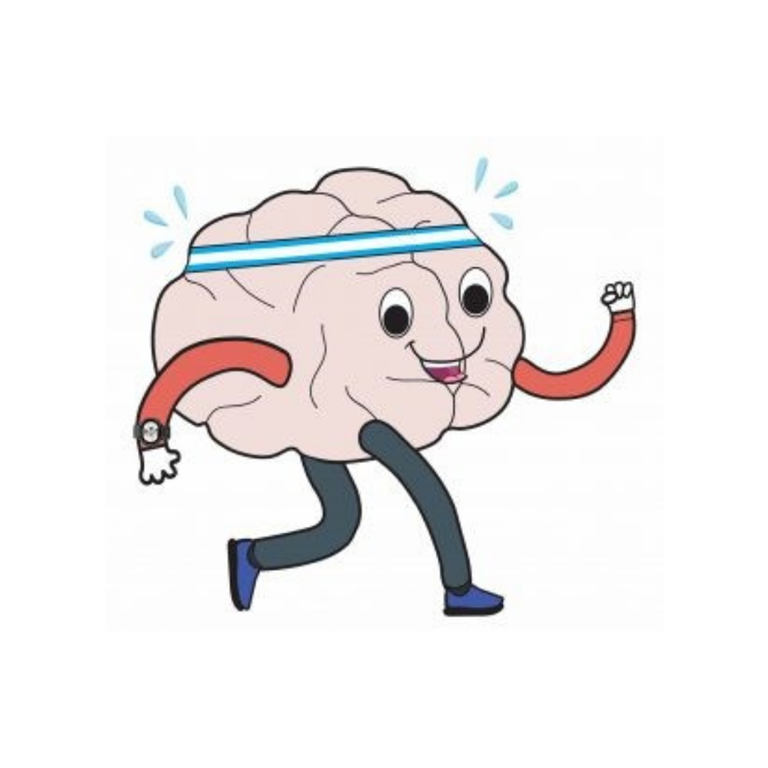Steps Toward Stroke Recovery
06/16/2022
Researchers across Canada are making strides in stroke rehabilitation in an ongoing study, Walk and Watch, aimed at transforming best practice in physical therapy.
Stroke affects over 62,000 Canadians each year, that can result in physical and cognitive impairments for survivors. Stroke rehabilitation is designed to help stroke survivors relearn skills and rebuild strength after a stroke so they may regain independence and improve their quality of life.
Physical therapy is often a critical part of stroke recovery, supporting motor and mobility training. Inpatient rehabilitation services, such as the ones offered at Bruyère, are often delivered within the first couple of months post-stroke – a critical window for recovery. Regaining the ability to walk independently is one of the most frequently cited goals of patients recovering from a stroke that has affected walking.
Recent research demonstrated the effectiveness of a treatment protocol that optimized the timing, intensity, and dose of rehabilitation to improve walking after stroke and lead to better outcomes for patients. Now, researchers at 12 sites across the country are assessing the effects of implementing those practices into current physical therapy interventions on patient walking outcomes.
During the study, participants are assessed with respect to walking speed, endurance, balance, cognition, and mood. Assessments are taken at three time-points: when they arrive on the inpatient unit, just before they are discharged, and one year later. Wearable activity trackers are used to measure the exercise intensity (i.e., heart rate) and number of steps achieved during a physical therapy session.
“The ability to walk in the community means a lot to people when they go home,” said Lisa Sheehy, PhD, and researcher overseeing the Bruyère site. “What that data show us is the change in ability to walk over the course of rehabilitation and post-discharge, so we can see a patient’s progress over time.”
 As a part of the Walk and Watch randomized trial, physiotherapists will be receiving training on how to incorporate the new treatment protocol with their patients and how to motivate patients using activity trackers.
As a part of the Walk and Watch randomized trial, physiotherapists will be receiving training on how to incorporate the new treatment protocol with their patients and how to motivate patients using activity trackers.
“We are working with so many dedicated physiotherapists and care teams here at Bruyère and across the country who are already delivering high quality care to stroke survivors,” said Sheehy. “This study is an exciting next step as we evaluate and push the boundaries on the standard of care in stroke rehabilitation.”
Walk and Watch is being conducted with inpatient stroke units across seven provinces, including: Kelowna General Hospital, Nanaimo Regional General Hospital, Glenrose Rehabilitation Hospital, Saskatoon City Hospital, Wascana Rehabilitation Centre, Joseph Brant Hospital, Élisabeth Bruyère Hospital, Freeport Grand River Hospital, CIUSSS-de-l'Estrie-CHUS Centre de réadaptation de l'Estrie, Centre interdisciplinaire de recherche en réadaptation et intégration sociale, Dr. Everett Chalmers Regional Hospital, and Queen Elizabeth Hospital.